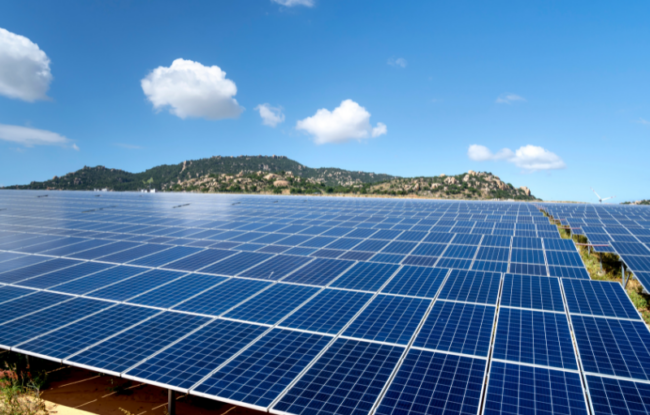Peak Energy, an Asia-based renewable energy project developer, announced the completion of the acquisition of a portfolio of ready-to-build high-voltage solar projects totaling 48 MW of capacity in Japan, located across various regions of the country, including Tokyo and Tohoku.
The solar projects are expected to reach commercial operations progressively over 2026-2027. Once operational, the portfolio is expected to produce approximately 60 GWh of zero-carbon electricity annually.
The electricity will be supplied to corporates under long-term power purchase agreements. According to the company, the solar projects will also be coupled with battery energy storage systems in the future.
This transaction follows Peak Energy’s acquisition of another portfolio of ready-to-build solar projects totaling 11 MW in 2025.
The company currently co-owns a 28 MW solar project in Kyushu and around 200 MW of solar projects in operation or under construction, along with 298 MWh of battery energy storage capacity in operation or under construction across the Asia-Pacific region.
“This acquisition further cements our position in Japan, where we are now uniquely positioned to serve large power consumers with cheap, clean energy at the scale they require and within the timeframe they need to meet their climate objectives,” said Gavin Adda, CEO of Peak Energy. “I am particularly excited about Peak now also adding storage to some of our sites, to offer time-shifted PPAs, and helping some of our most ambitious consumers get closer to their 24/7 Carbon-Free Energy ambitions.”
In February, Lightsource bp, a solar project developer, announced the acquisition of a 15 MWp solar project in Hokkaido, Japan, from an undisclosed seller. This acquisition marks Lightsource bp’s entry into Japan’s renewable energy market and further expansion in the Asia-Pacific region.
According to Mercom’s Q1 2025 Solar Funding and M&A report, about 13.6 GW of solar projects were acquired in Q1 2025 compared to 10.8 GW in Q1 2024.



